Upper camonica valley

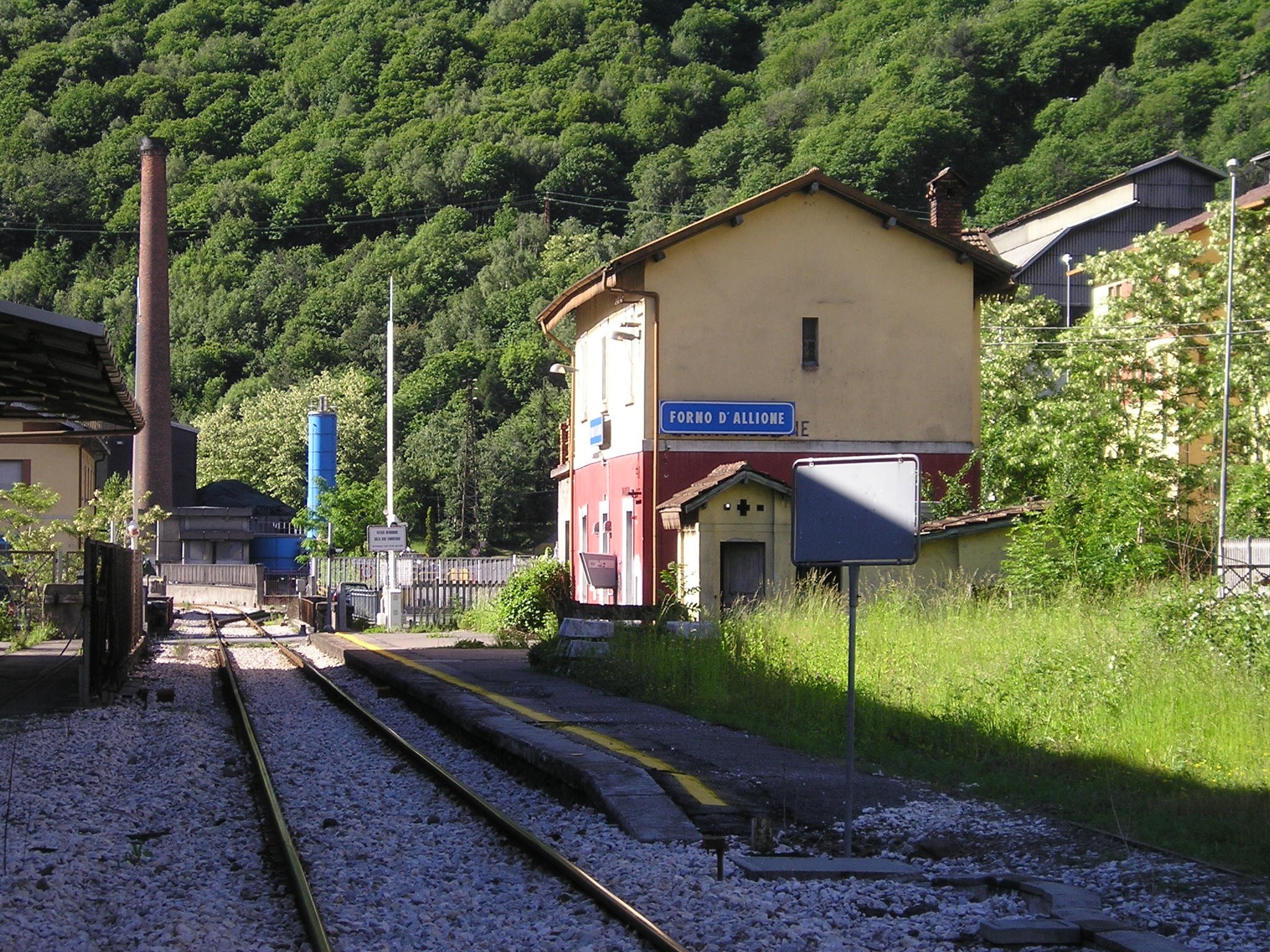
The mountains at last, and almost impossibly, because their gateway, Forno d’Allione, had a highly industrial nature due to the sheer number of industries located there which provided work for large numbers of people. And then the greenery, the peaks which gradually start to reveal themselves, and the plain of Malonno, crossed around the edge to avoid the landslide in front, finally arriving, after another scenic crossing over a feat of bridge engineering, in Sonico, the last stop before the terminus.
Gallery
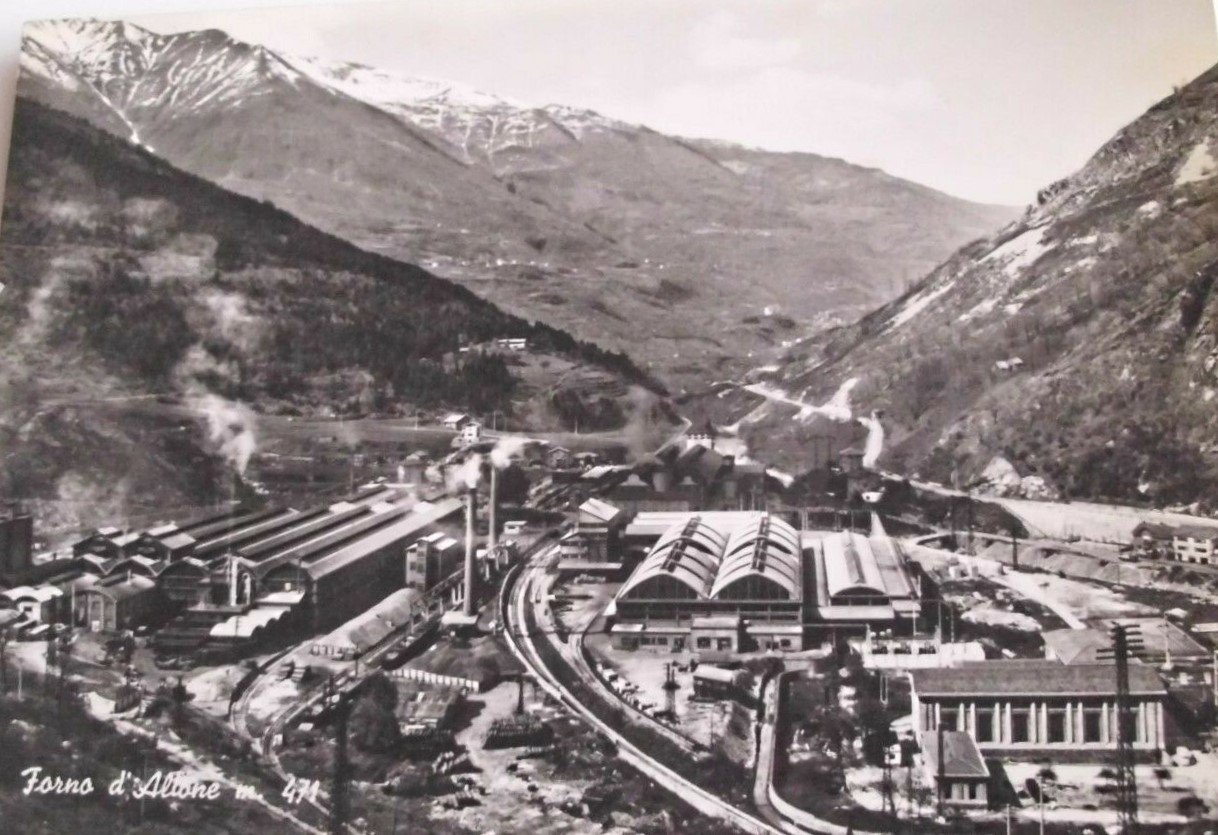
Industrial Forno d’Allione on a 1950s postcard 
Sonico: the station is dwarfed by the massive mountain 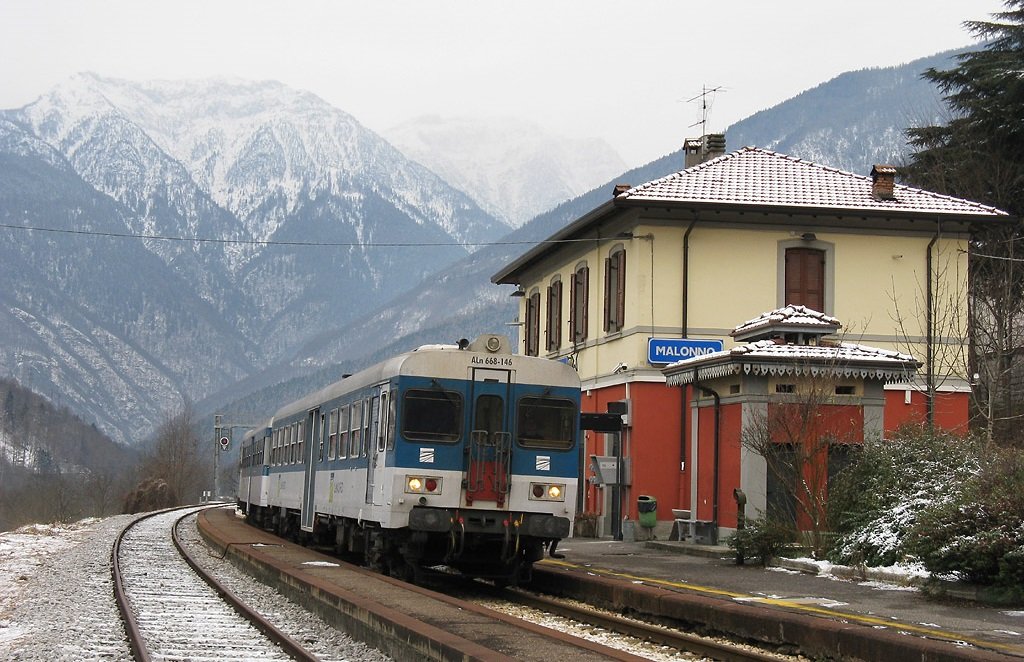
Malonno in the snow 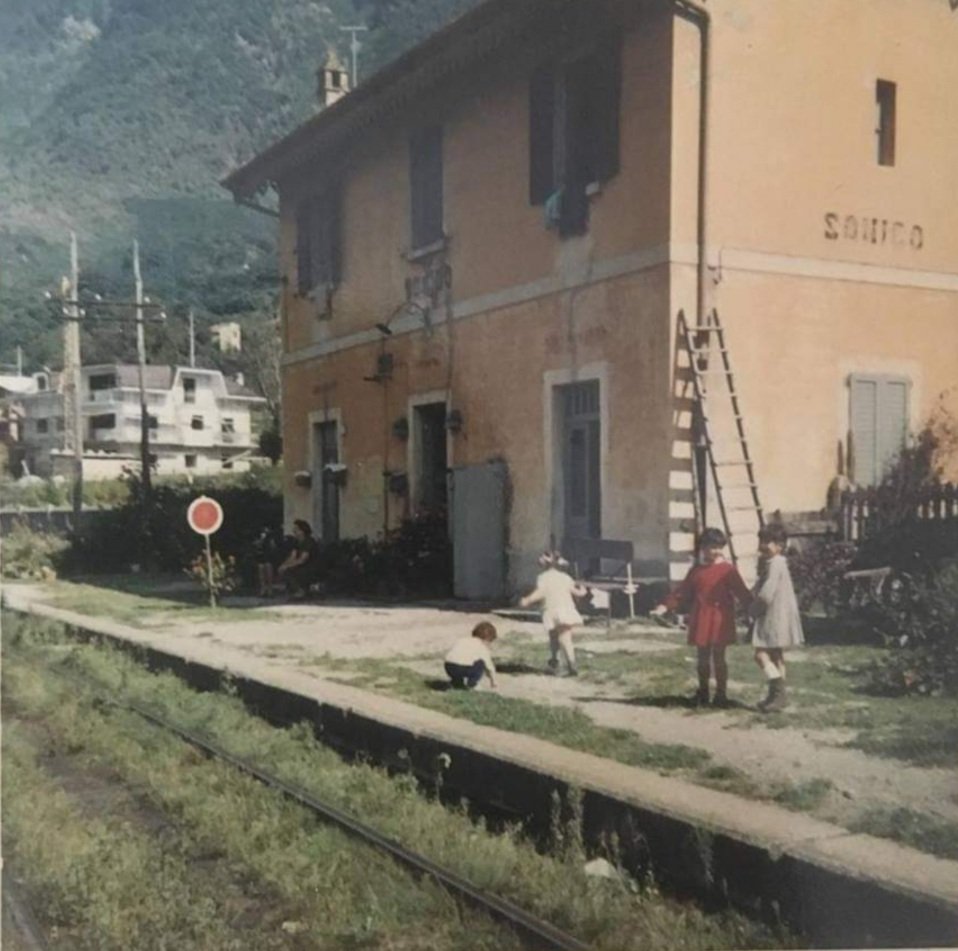
A charming family image of Sonico, 1960s 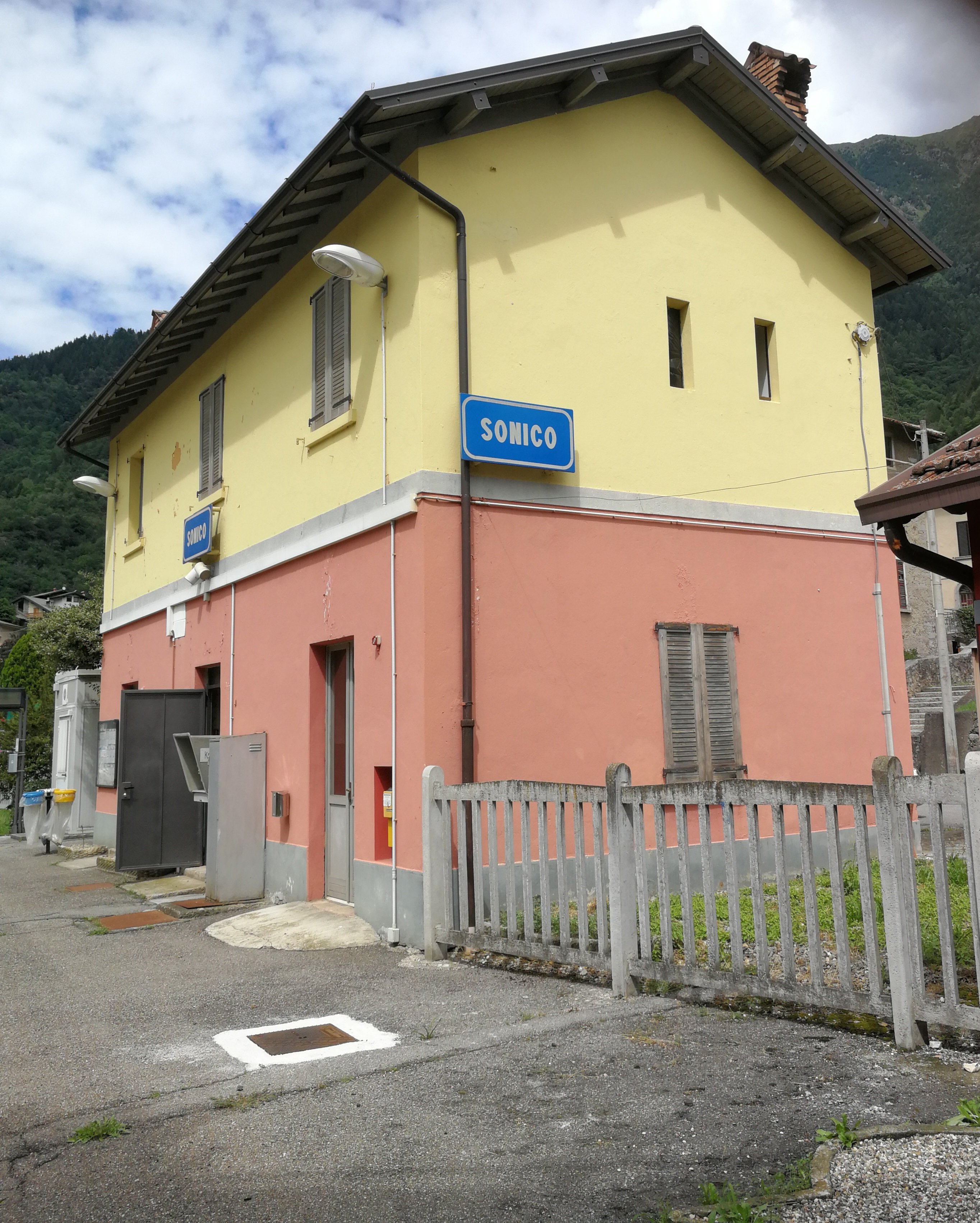
Sonico in the early 2000s 
A rare period image of Capo di Ponte with its station café 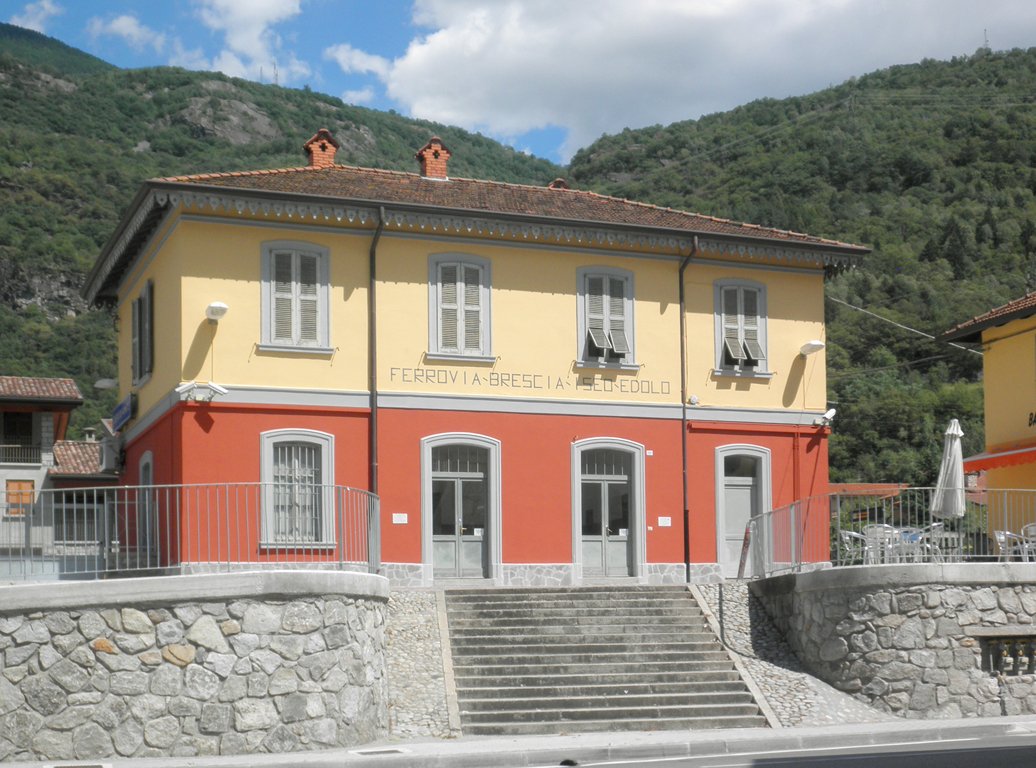
A charming image of Capo di Ponte today, at the foot of the rock engravings 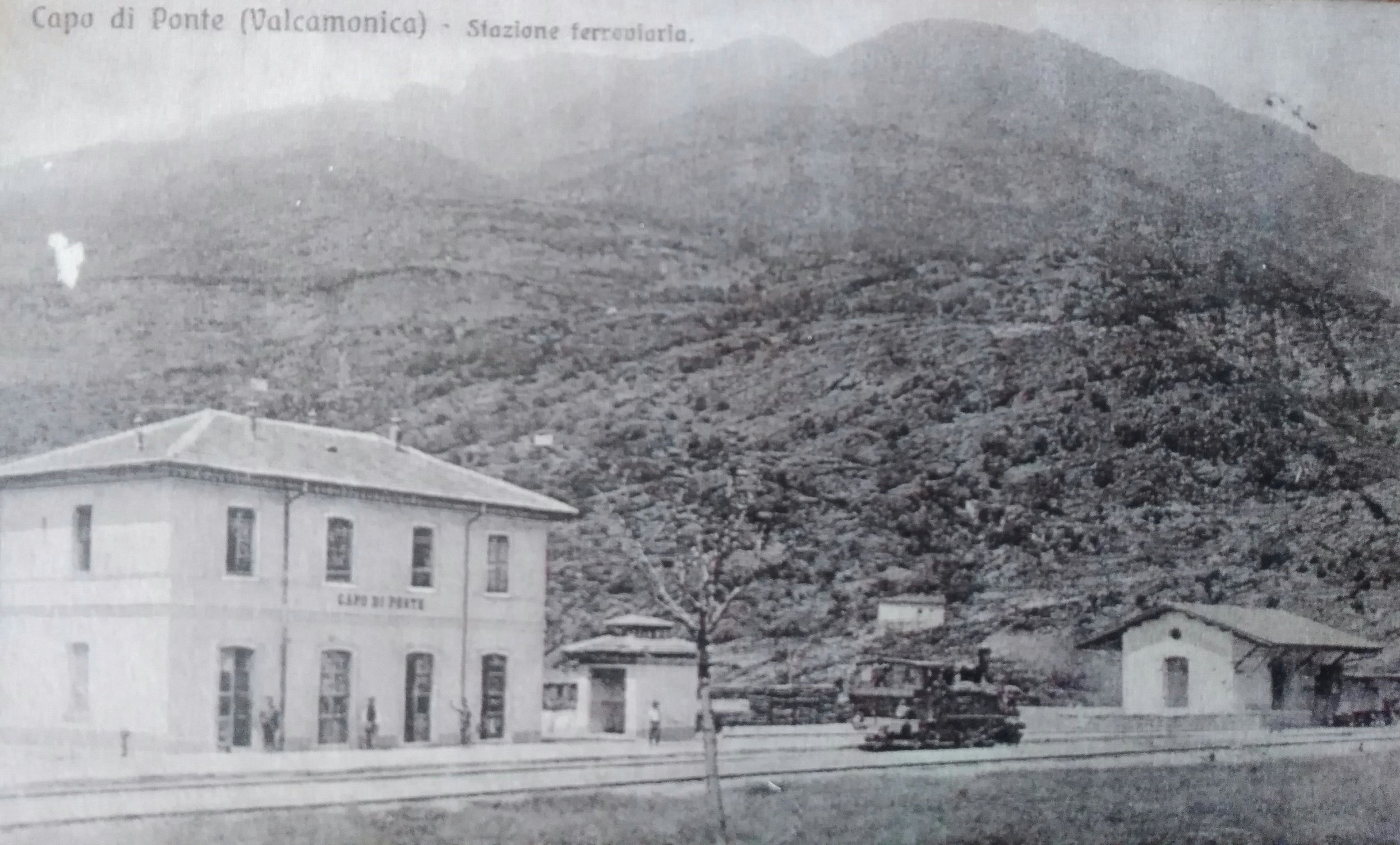
Another rare postcard showing the station at Capo di Ponte 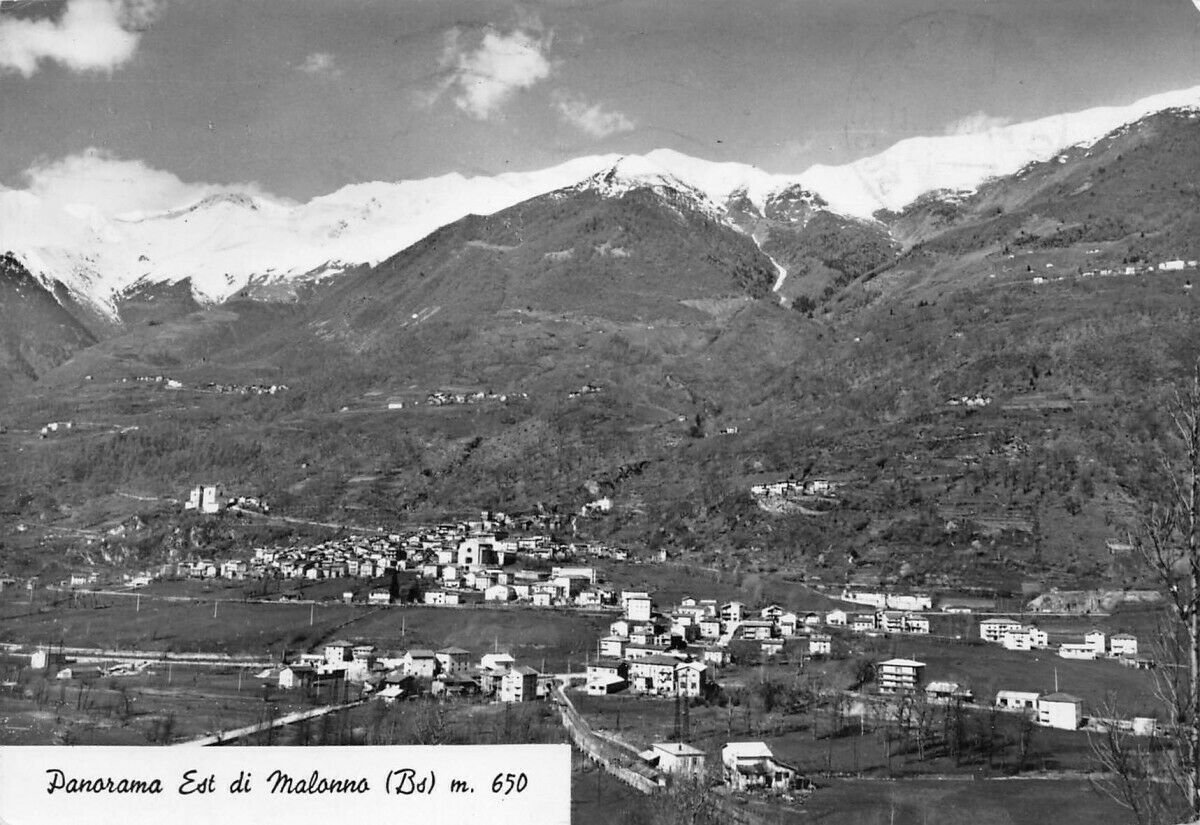
East panorama of Malonno 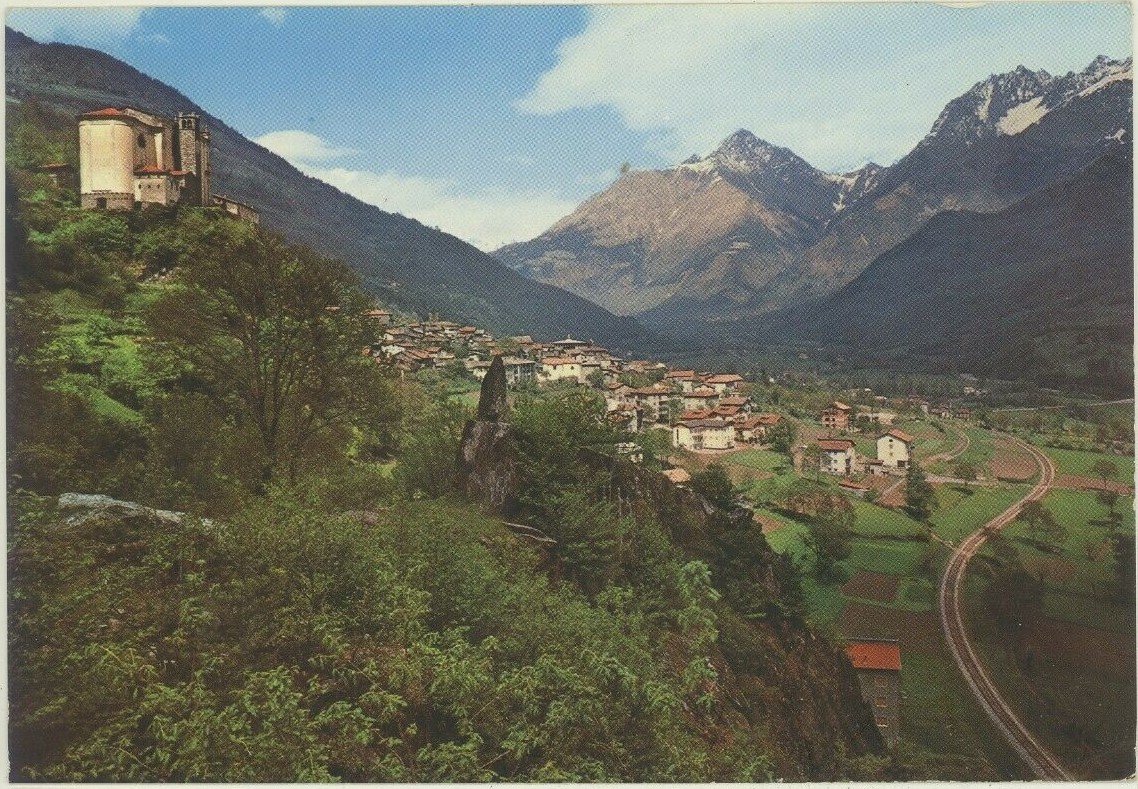
Malonno, mountain church and railway 
Malonno with the railway in the centre of the view 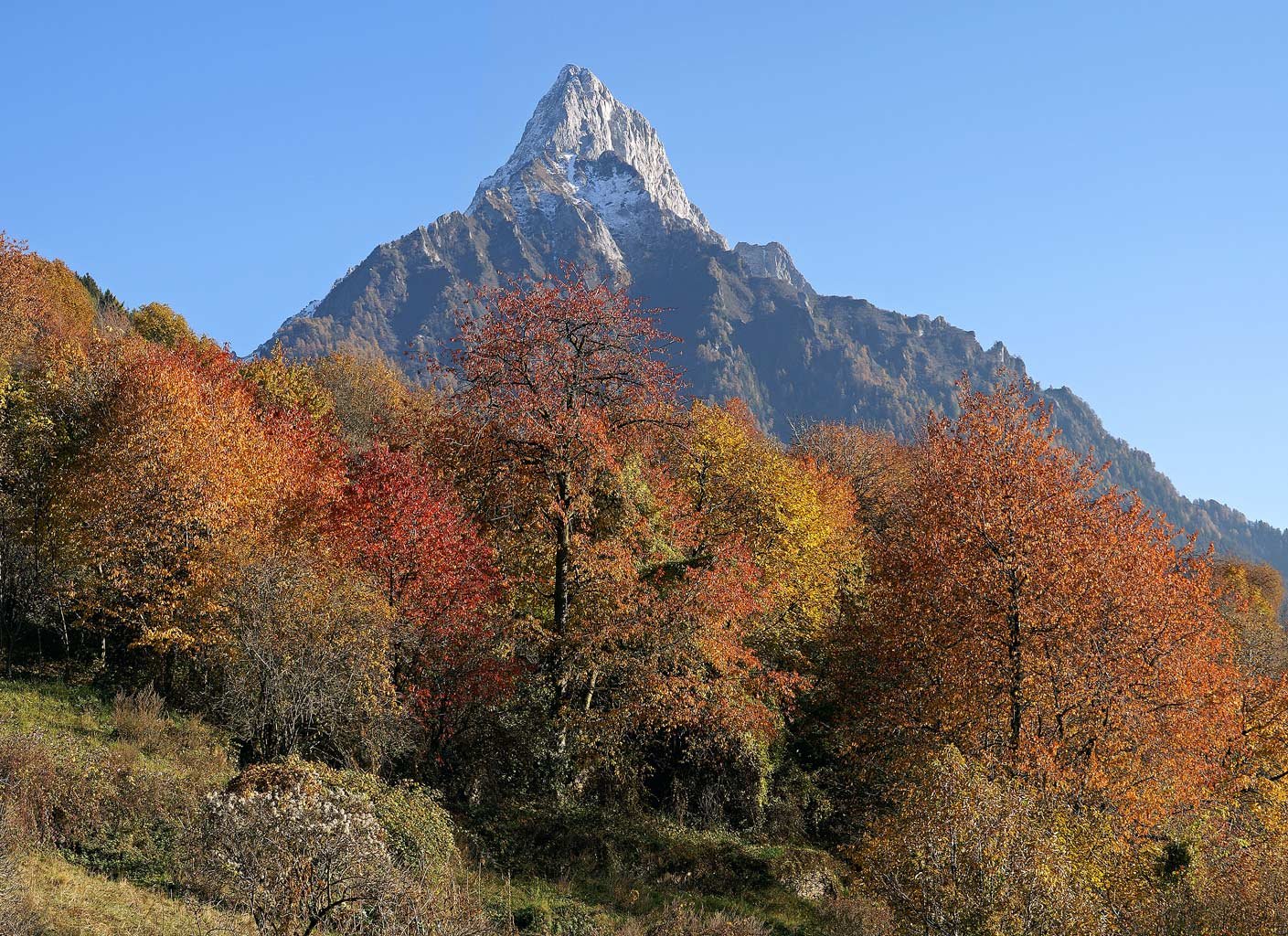
A trip to... Mount Adamello. This peak, reigning over the Val Camonica, belongs to Mount Adamello, part of the Rhaetian Alps mountain chain, and has an elevation of 3,554 metres. Its glacier is the largest in Italy; its summit was conquered for the first time in the mid-1800s and is still today a popular destination for many climbers. On the Lombardy side, the mountain’s territory falls within the Adamello Park, covering 51,000 hectares of mountainous land to the north-east of the Province of Brescia. The protected area extends from the Lombardy side of the Adamello group to the banks of the Oglio river in the Val Camonica. The protection of the parks means that the mountain’s rich biodiversity is protected from human interference; today the unspoilt nature of this massif can be appreciated to the full by hiking through its forests and high-altitude surroundings, perhaps stopping for refreshment or an overnight stay in a mountain hut. It is also common to come across artefacts from the White War along its trails. This is where Italians and Austrians fought, among fortifications, trenches and walkways, during the First World War.